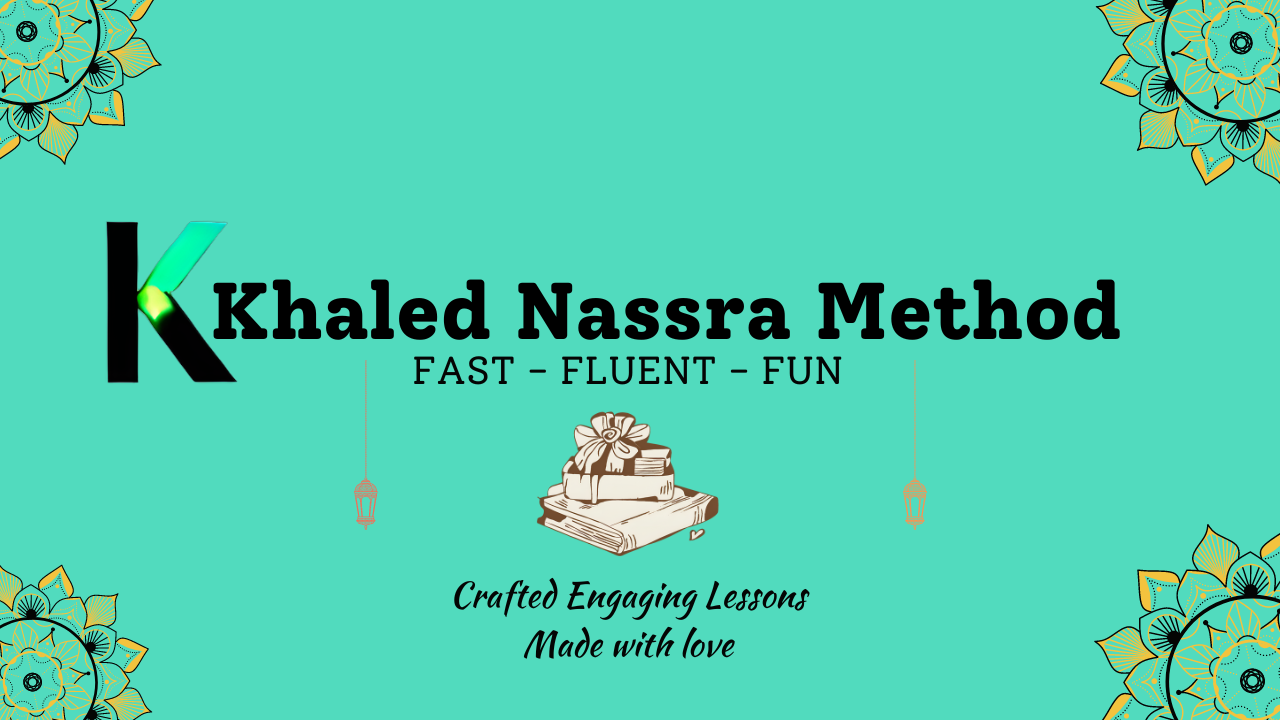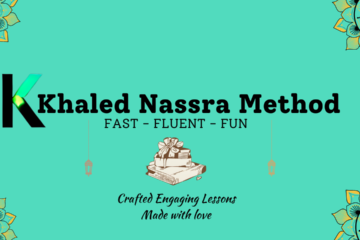The Smartest Way to Learn Arabic

Spotting Patterns First
I discovered this strategy while learning Russian, and now I’m using it for Serbian too. By the way, I love Serbian music! If you think about it, we are creatures of patterns. Everything in life has a pattern: the way you work, speak, eat, or play. Everyone has a unique pattern, and understanding these patterns can reveal a lot about a person without needing any other information. It’s truly fascinating!
How to Use This Strategy in Learning Arabic
The key word here is exposure. You need to immerse yourself in the language as much as possible before diving into grammar rules. Many learners make the mistake of focusing on grammar first, but this can hinder your ability to speak fluently. Here’s why:
When you start learning a language by focusing on grammar, you train your brain to analyze before speaking. This habit can stick with you forever, making it harder to become fluent. That’s why your first teacher plays a crucial role in determining whether you will speak the language fluently or not. Choose your learning resources wisely!
Tools for Language Exposure
In my opinion, listening and reading are the most powerful tools for exposing yourself to any language you want to learn. With the right materials, you’ll make rapid progress. Here are some tips:
- Listening: Find podcasts, music, or movies in Arabic. The more you listen, the more familiar you’ll become with the sounds and rhythms of the language. Start with slow and clear speech and gradually move to native-speed conversations.
- Reading: Start with simple texts like children’s books or news articles. As you become more comfortable, gradually move on to more complex materials, such as novels or academic articles.
Customized Linguistic Exposure Tailored to Your Language Level
If you’re a beginner, exposing yourself to advanced Arabic TV shows can be frustrating and counterproductive. It’s essential to find the right linguistic exposure that matches your current level in Arabic. Otherwise, your efforts might be wasted.
Finding the Right Tools
To ensure effective learning, choose tools that are suitable for your level. For absolute beginners, watching TV shows isn’t ideal. Instead, look for:
- Podcasts: Find beginner-level podcasts in Arabic that use simple vocabulary and slow speech.
- Courses: Enroll in courses designed for your level, offering structured lessons and gradual progression.
- Audio and Video Lessons: Use materials specifically created for beginners, focusing on basic vocabulary and everyday phrases.
Gradual Progression
Push your level of exposure just enough beyond your comfort zone. As you become more comfortable with your current tools, start increasing the difficulty. For example, if you’re at an A2 level, begin listening to B1-level materials. This gradual progression helps you steadily improve without feeling overwhelmed.
Practical Tips for Gradual Exposure:
- Set Small Goals: Start with manageable tasks, like listening to a 5-minute podcast daily.
- Mix It Up: Combine different types of media to keep things interesting. Use music, movies, podcasts, and books.
- Practice Regularly: Consistency is key. Even 15 minutes a day can make a big difference.
- Engage with Native Speakers: Use language exchange apps to practice speaking with native speakers. This real-world practice is invaluable.
By applying this strategy, you’ll find yourself making significant strides in learning Arabic—or any language you’re passionate about. Remember, the journey of language learning is as important as the destination. Enjoy the process, celebrate your progress, and keep pushing your boundaries!
Want to learn Arabic Fast, Smart and in a fun way? Join my Program on the Patreon Page


